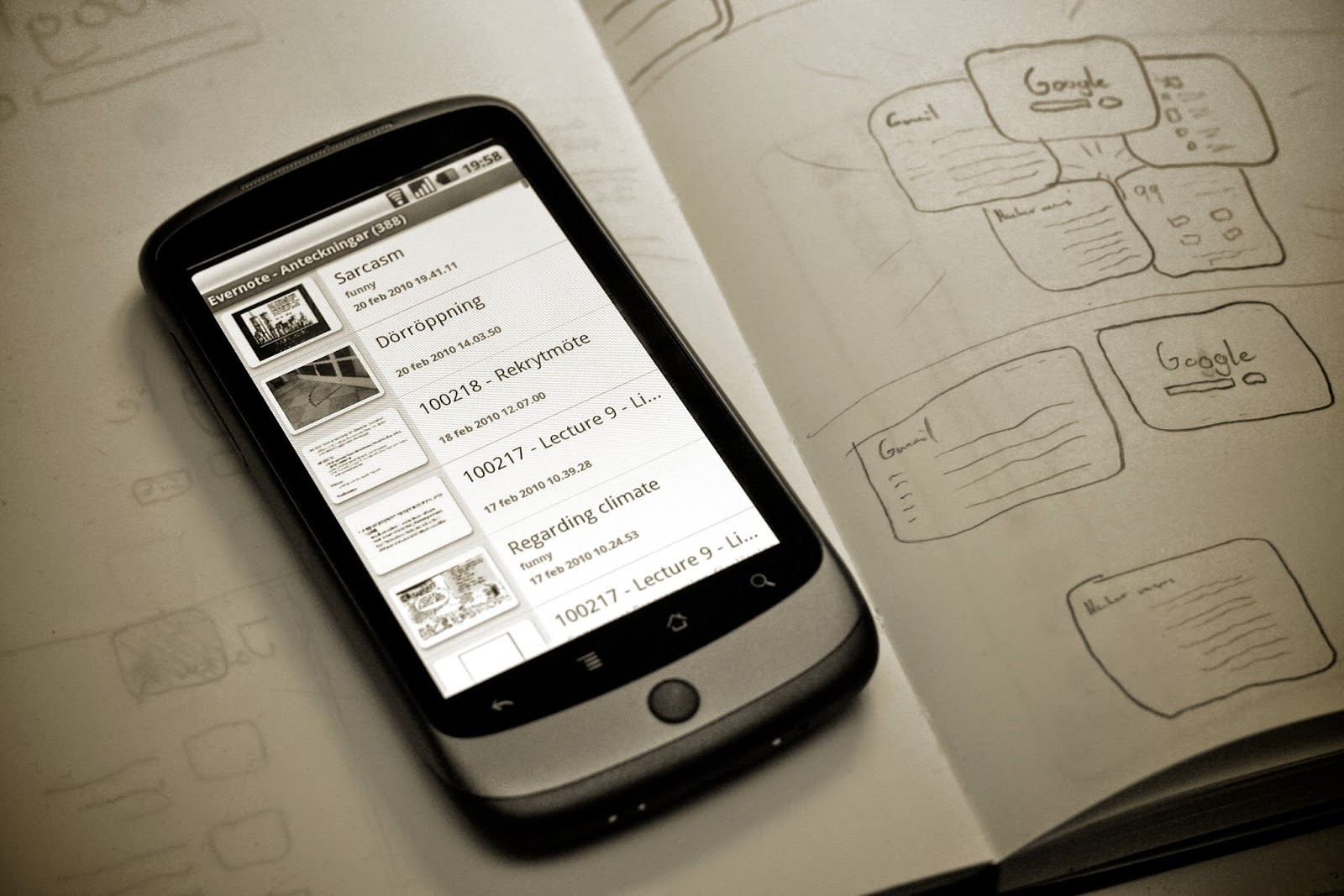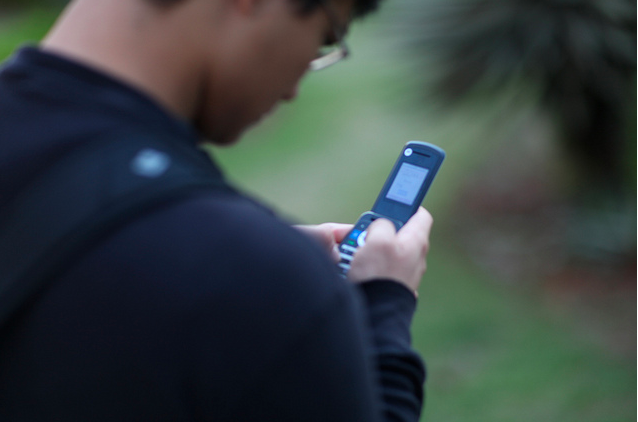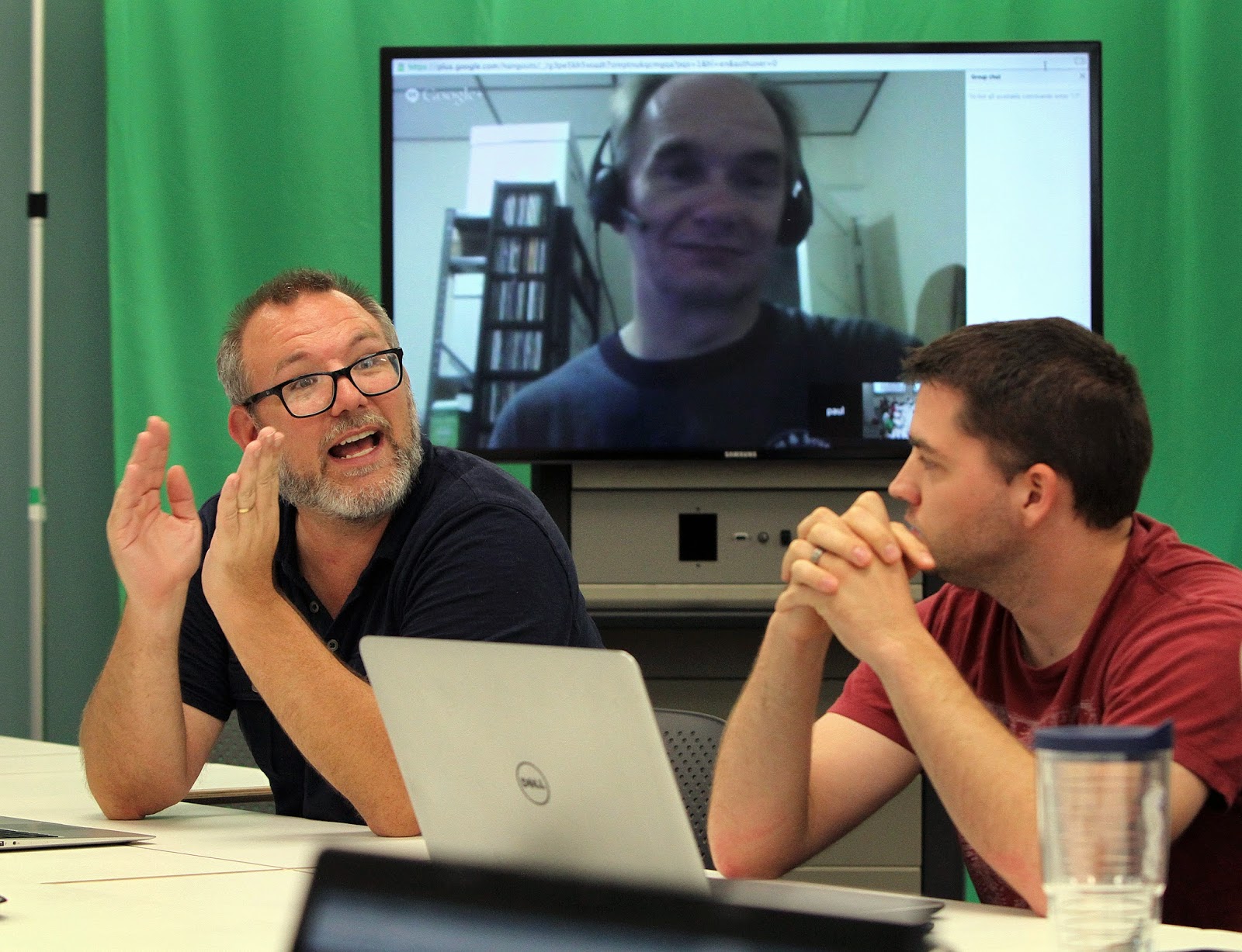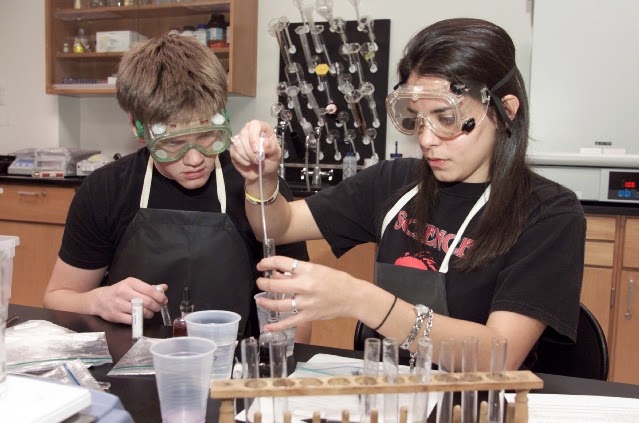Recently on this blog I featured an interview with Martin Weller, one of the keynote speakers for EDEN 2015. I was also privileged to conduct an interview another of our EDEN keynote speakers, Jim Groom, adjunct professor at Mary Washington University in Virginia, the transcript is reproduced below:
1) What is Bavatuesdays, and why are you known as the Reverend?
bavatuesdays (the b is lowercase!) is the best blog in the land, and I am known as the Reverend because I lay down the gospel :) More seriously, bavatuesdays is my personal blog, and I've been hammering out posts there for almost a decade now. It's a mishmash of edtech, 80s pop culture, animated GIFs, retro toys, ds106 art, and all things cinema. It's a "b blog" in that it pretends to nothing more than schlock, and it achieves its goal regularly. The actual name comes from the maestro of Italian horror films Mario Bava. It's a reference to a film club some friends and I imagined wherein we would watch Mario Bava films on Tuesday nights. The club never materialized, but the name stuck with me for some strange reason. I thought it might be a cool band name, but given I have no musical talent, I reserved the domain and settled for a blog. The rest is the underground history of the web.
As for the title Reverend, I was given that nickname by Chip German (then CIO of University of Mary Washington) back in 2006 or 2007. I think because I started to sound a bit like a fervent preacher when I started talking about teaching, learning and technology. I've played the role of evangelist at UMW for almost a decade, and I always hated the term evangelist when used outside of its religious context, so I made a point of reframing edtech as a faith system akin to Cotton Mather's Puritanism. My avatar is actually a headshot of Cotton Mather from the 1977 Marvel Team-Up comic featuring Spider-Man, Scarlet Witch, and Cotton Mather as a super-villain. In another life I was an early American literature Ph.D. student, so the marriage of biblical exegesis, fear mongering, and bullshitting comes easy.
2) You've had quite a distinguished career in education. How did you first become involved in teaching, and what keeps you motivated to educate?
I started in education back in 1997 when I became a grad student at the City University of New York's Graduate Center. CUNY's Ph.D. program was trial by fire, or was it purity by fire? As soon as I was accepted I was given two classes to teach at the College of Staten Island. I was a green 26 year-old and I had no idea what I was doing, but I really loved being in the classroom and tripping out on early American texts with students. In early American literature (pre-1800), the works are more cultural, political, and/or historical than poetic, which invites the examination of these texts as cultural artifacts.
This approach has always kept me interested as an educator, because it imbues everything around you with potential cultural meaning. I just got lucky when I came to UMW that they not only allowed, but encouraged me to take a similar approach to my work with instructional technology---and bavatuesdays became the outlet for that. The internet more generally, but the web specifically, is very similar to early American lit in my mind because it is still working through its various forms and voices, and the analogies and metaphors are in constant flux. I think that's what I love most about the edtech space, the ability to try and make sense of the cultural moment we are living through by way of analogy and metaphor. The search for new ways of making sense of our moment through outlandish metaphor keeps me highly motivated and truly dedicated. Uh rah!
3) You've been referred to as the 'posterboy' of Edupunk. Can you tell us what Edupunk is, why it's relevant to education today, and how you arrived at the concept?
Well, for me EDUPUNK (all caps, like EDUCAUSE) was one of those outlandish metaphors I threw out there to try and explain the state of educational technology back in 2008. And it quickly resonated with a lot of people. In fact, far more than I could have ever imagined. Don't get me wrong, it wasn't like MOOCs or anything, but it was a pretty strong response from a simple blog post. The idea behind EDUPUNK was pretty simple and still quite relevant: corporate-driven edtech is soulless-it robs the field of any deep, meaningful interrogation of the issues we need to be struggling with, such as digital identity, digital fluency the new cultures around piracy and privacy, student empowerment, and how we can begin to think like the web. None of this happens in an LMS (or VLE), in fact, that systematic design of that system is anathema to all of these crucial elements of educating in the digital era.
That said, I had to breakup with EDUPUNK in 2010 because it wasn't fun any more. People took it too seriously, and I was being accused of being a Neo-con. It was interesting to see how quickly the idea went from playful and generative to prescriptive and suffocating. I think some folks confused EDUPUNK with some movement to usurp institutions, rather than a call to actually reclaim the work you do from bowels of the corporate web. Although, in retrospect, I think the fact people interpreted EDUPUNK in so many different ways could be seen as its strength, but it got caught up in a broader discourse around the failure of public institutions that I wasn't initially prepared for, and ultimately interested in pursuing. I didn't want to be the EDUPUNK poster boy, I wanted to actually create something rather than defend a half-baked idea one way or the other.
4) Tell us about DS106. What is it, who is involved in it, and what has it achieved?
ds106 (lowercase ds) was the reincarnation of EDUPUNK without the annoying discourse and political baggage. ds106 is the purest and greatest thing I have ever been a part of, it is #4LIFE! ds106 was the attempt to take all those crucial elements of learning on the web I listed above (digital identity, fluency, empowerment, thinking like the web, etc.) and try and integrate them into a class on digital storytelling. The idea was to enact the principles of EDUPUNK through teaching rather than sit around an argue about a term. Who the hell is gonna argue about ds106? It's just letters and numbers, there is no meaning save that which we give it as a community over time. ds106 has become a rich, distributed, and emergent international online community that happens to run as a class sometimes at UMW.
I could take up this entire interview talking just about ds106 (and I will talk at length about it during my presentation at EDEN), but let me summarize it here as follows:
ds106 is both a class and a community at once. Its objective is to help participants interrogate the emergent culture of the web by actively engaging in a steady diet of creating and reflecting on the web.
Although, it's also an assignment bank, radio station, daily create, and much, much more. ds106 is people! There are too many people to list in terms of who is involved, but the open, online portion of ds106 that went live in Spring 2011 was architected by
Martha Burtis,
Tom Woodward, and
Alan Levine. But scores of people continue to make that community so remarkable. You can see it for yourself at Twitter hashtag #ds106. It's #4life :)
5) How has education changed in the last ten years, and are there good changes?
Slowly. The most dangerous thing about the technology revolution in education is the fact that it is often ahistorical. It seems like every new development, whether a device, product, or service, is the great game changer or disruptor. And that logic is insidious in the field right now because it often dehumanizes the truly inter-personal and dialogic nature of learning. Technology becomes a fantasy of scaling efficiency: the teacher-less classroom, the pre-recorded lecture, the automated grader.
The vision of technology as the augmentation of human intellect driving the pioneers of computing in the 1960s and 70s seems too often replaced with the idea of computers as time and money savers for educational institutions.
That said, the state of education has never been greater as a result of the haphazard connections made possible by the web. You can learn just about anything thanks to YouTube and Wikipedia. But rather than running away from this fact, or imagining it as a cost saver---universities need to be augmenting the culture of the web, by framing how we learn as part and parcel of this wonder-filled medium.
We still need to think together, enable dialogue, and get feedback. Educational institutions have does this fairly well over the last century, and we need to continually push on how the enterprise of teaching and learning changes in relationship to the web and explore it. That's why it is so crucial we don't sellout all the the R and D around edtech to corporations making products. If we did that with the internet in the late 60s, AT&T would have kyboshed the whole thing and we wouldn't have had the internet in 1969. The was from the very beginning a collaboration between businesses, government and higher ed, and a majority of the protocols for the internet were created at universities---institutions where exploration and research seemed paramount.
6) Why are open access and online programmes of study becoming so important in the learning ecology? What is the secret behind the success of MOOCs?
Not sure MOOCs are a success, do we have any real sense of that? I think the success of MOOCs, at least initially, might be linked to the fact that administrators around the world started to pay attention to online learning. But the fact they all just tried to do MOOCs (bigger online classes in a bigger "open" LMS) might be a good example of their limitations. I am not a fan of the MOOC as they're sold by Coursera, Udacity, and the like. The original vision of MOOCs from folks like
Stephen Downes and George Siemens was that you can scale a class community through individuals' personal networks and the web---and the MOOC is about aggregation and distributed community. How is pushing 50K people into an LMS radical? It's just super-sized learning. McDonald's figured that out for fast food decades ago, and we all became fat in American as a result :) I guess now we can be fat and stupid.
7) What will be the next big thing in education? What is on your horizon for new technology, new ways of learning and new pedagogies?
Right now I am really interested in the idea that IT infrastructure has never been more agile and affordable. With technology like containerization (the virtualized deployment of micro-instances of servers) we can run and scale infrastructure as big and/or small as we want. I believe this will ultimately make it easier for everyone to manage and control there own bit of the web, and truly be a sysadmin of their online education, and archivist of their digital life.
What's more, IT infrastructure can transform to make enterprise systems more porous when it comes to enabling students and faculty to
Publishes from their Own Spaces but Syndicate Everywhere (POSSE). The idea of federated networks that enable us all to manage and control our work but share and fork it seamlessly remains the holy grail for edtech---and it also just seems really scifi and cool.
8) What three things do educators need to be made aware of, right now?
1) Who controls their data
2) The power of the open web
3) The air-speed velocity of an unladen swallow
9) What themes will you be speaking on when you give your keynote at EDEN 2015?
I'll be talking about taking control of your online presence as a necessary part of being an educator in the 21st century. I'l be using ds106 as an example of how this played out in my own work over the last 5 years. What's more, I'll be diving into the ideas of virtualization, containerization and the changing nature of IT infrastructure in providing brave new learning environments. But, as is always the case, I'll be returning to the theme that has been driving my work for the last decade. Namely, how can we most effectively integrate the web into education, because I strongly believe teaching and learning can be that much cooler when it's done well.
10) What gets you out of bed in the morning?
My three kids. Literally, they jump up and down on me and harass me until I get up. It's actually horrible. If they didn't do that I would sleep in every single day.
Photo courtesy of Jim Groom

From EDUPUNK to ds106... 10Q: Jim Groom
by Steve Wheeler is licensed under a Creative Commons Attribution-NonCommercial-ShareAlike 3.0 Unported License.


















